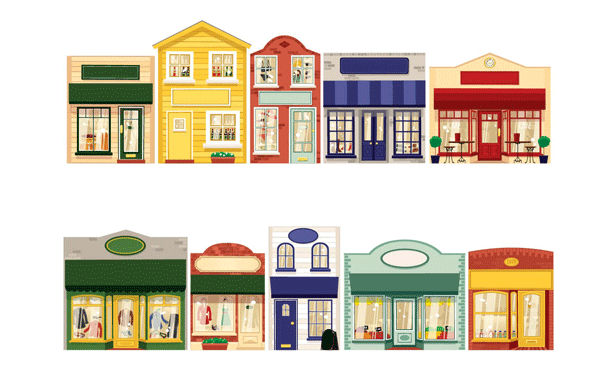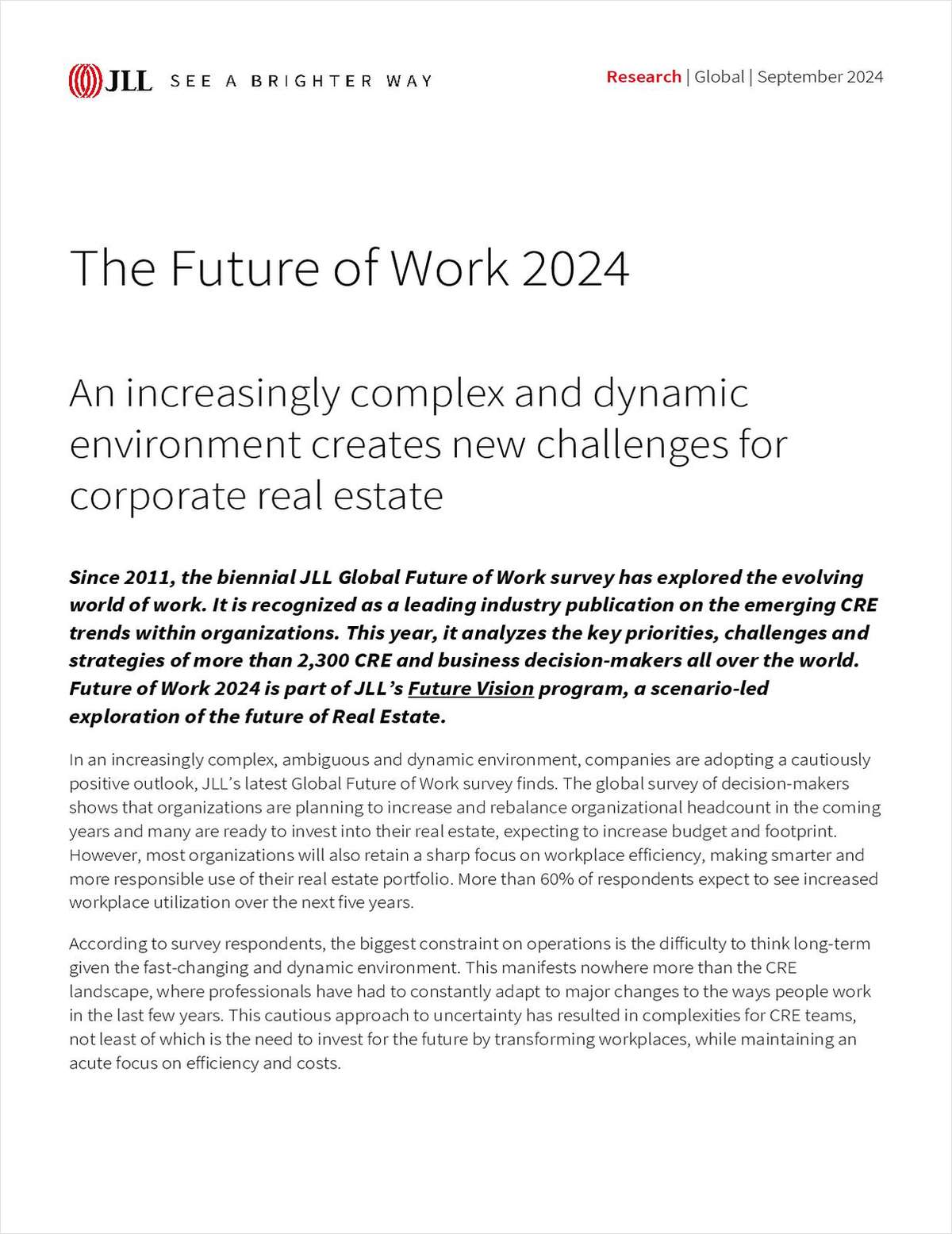"For certain category-specific retail sectors, the scale of the reduction in selling space has greatly exceeded the reduction in consumer demand," the report states. "This imbalance suggests that a sustained increase in consumer demand will provide retailers with a unique opportunity to absorb vacant space in high productivity locations at terms unthinkable during the recent boom years."
As an example, the report cites the consumer electronics category, which until recently was dominated by just two chains that accounted for nearly 50% of sales: Best Buy and the now-defunct Circuit City. The bankruptcy and then liquidation of the latter left 22 million square feet of retail space vacant--nearly one-fifth the 130 million square feet of big-box space that has gone dark since the recession began, according to C&W.
However, while the electronics/appliance sector's gross leaseable area declined by 10.1% in 2008, retail sales in this category dipped by only 0.3% during the same time period. "The drastically reduced supply of electronics store GLA is now below what consumer demand would indicate," the report states.
The report acknowledges the unlikelihood "that all 22 million square feet of space vacated by Circuit City will re-enter the market as electronic and appliance space when a stabilized consumer expenditure pattern resumes" and says that this trend is exacerbated "by the current trend of big box retailers downsizing from 40,000-plus-square-feet formats to smaller and more efficient 25,000-square-feet stores." Nonetheless, the report says that "substantial opportunities do exist for nimble retailers to enhance market share by capitalizing on landlord pressure to fill space. Lower rents in prime markets are being embraced by retailers who are challenged to manage expenses in an era of decreasing margins."
Although these challenges remain, the report notes "early signs of stabilization in key areas." Consumer confidence in April was at the highest level in seven months, the report says, while consumer spending registered a 2.2% uptick. "In addition, annualized spending growth improved during each month of the first quarter, with growth in March at its highest level since 1985," according to the report.
In a release accompanying the issue of the report, Richard Latella, senior managing director with C&W's retail industry group, notes that "We've seen the unprecedented damage take its toll in the retail sector during the past year in the form of store closings. As with all boom and bust cycles, however, a light at the end of the tunnel eventually does appear. Right now our analysis indicates that focused business models, having survived the collapse, will begin to take advantage of bargain rents and increasing demand."
Want to continue reading?
Become a Free ALM Digital Reader.
Once you are an ALM Digital Member, you’ll receive:
- Breaking commercial real estate news and analysis, on-site and via our newsletters and custom alerts
- Educational webcasts, white papers, and ebooks from industry thought leaders
- Critical coverage of the property casualty insurance and financial advisory markets on our other ALM sites, PropertyCasualty360 and ThinkAdvisor
Already have an account? Sign In Now
*May exclude premium content© 2024 ALM Global, LLC, All Rights Reserved. Request academic re-use from www.copyright.com. All other uses, submit a request to [email protected]. For more information visit Asset & Logo Licensing.








